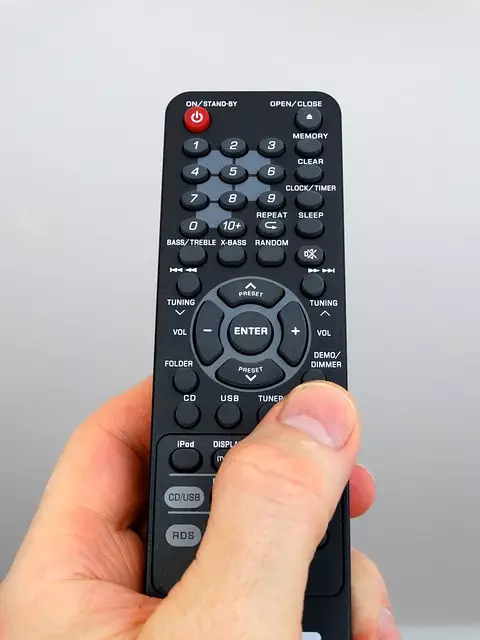Rodent control is crucial for maintaining a clean and healthy living environment. Rodents like rats and mice cause property damage and pose health risks through their droppings, urine, and potential disease transmission. Effective management includes prevention (sealing entry points), exclusion (good hygiene), and removal techniques (traps or chemicals as a last resort). Regular inspections are key to early infestation detection. Signs of rodent presence include droppings, gnaw marks, odours, holes, and unusual noises. Understanding rodent behaviors and tailored strategies by professionals is vital for long-lasting solutions. Proactive measures like cleanliness, sealing entry points, and regular monitoring prevent future infestations.
Rodent control is a critical aspect of maintaining a healthy and safe living environment. This comprehensive guide delves into the essentials of full-service rodent control, offering insights into identifying and understanding these pests. We explore various rodent types, their behaviors, and effective prevention methods. Learn what to expect during a professional service and strategies for post-control maintenance to ensure a rodent-free future.
Understanding Rodent Control: The Basics

Rodent control is a critical aspect of maintaining a clean and healthy living environment. Understanding the basics is the first step towards effective management. Rodents, such as rats and mice, are invasive species that can cause significant damage to properties and pose health risks through their droppings, urine, and potential transmission of diseases.
Implementing rodent control measures involves a combination of prevention, exclusion, and removal techniques. This includes sealing entry points, maintaining good hygiene practices, and using traps or chemicals as a last resort. Regular inspections are key to identifying signs of infestation early on, allowing for prompt action to prevent the problem from escalating.
Identifying Signs of Rodent Infestation

Recognizing the signs of a rodent infestation is the first step in effective rodent control. Look for evidence such as small droppings, gnaw marks on food packaging or walls, and strange odours. You might also spot holes or entry points in your home or building, as rodents often find their way in through tiny gaps. While some signs are obvious, others may require closer inspection. Pay attention to unusual noises, like scurrying sounds or chewing, as these could indicate an unseen invasion. Even a single drop of urine or a faint odour can be a telltale sign requiring immediate action.
Types of Rodents and Their Behavior

Rodents are a diverse group of mammals, encompassing species such as mice, rats, squirrels, and beavers. Each type exhibits unique behaviors that impact their interaction with human environments. For instance, house mice are known for their adaptability and ability to thrive in close proximity to humans, often entering homes through tiny openings in search of food and shelter. In contrast, roof rats prefer elevated spaces and are excellent climbers, frequently invading buildings’ upper levels.
Understanding these behavioral patterns is crucial for effective rodent control. Different rodents may require specific strategies due to their varying habitats, feeding habits, and reproduction cycles. Professional full-service rodent control experts employ tailored methods that include identifying entry points, setting traps, using repellents, and implementing preventive measures to ensure successful and long-lasting solutions.
Full-Service Rodent Control: What to Expect

When you engage full-service rodent control, you can expect a comprehensive and tailored approach to eliminating any rodent infestations. This typically involves an initial assessment by a professional who will identify entry points, determine the extent of the infestation, and develop a custom plan. The process often includes multiple visits, combining various methods such as trap placement, poison baits, sealing entry points, and potential habitat modification, depending on the specific needs of your property. Regular monitoring and maintenance are also crucial to prevent future infestations, ensuring long-term protection against rodents.
Effective Methods for Rodent Prevention and Removal

When it comes to effective rodent control, prevention is key. Sealing entry points and maintaining a clean environment significantly reduces the likelihood of an infestation. Regularly inspect your home or property for any signs of rodents, such as droppings or gnaw marks, and promptly address any vulnerabilities.
For existing rodent problems, removal methods include live traps, which capture rodents humanely, allowing for safe release back into the wild if desired. Chemical solutions, like poison baits, are another option but require careful placement and monitoring to ensure safety and prevent secondary poisoning of pets or wildlife. Professional pest control services offer specialized knowledge and tools for efficient and effective rodent removal.
Maintaining a Rodent-Free Environment Post-Control

After successfully implementing full-service rodent control measures, maintaining a rodent-free environment is paramount. This involves a combination of proactive and reactive strategies to prevent any recurrence. Regular inspections are crucial to identifying potential entry points or signs of infestation early on. Maintaining a clean and clutter-free living space significantly reduces the appeal of your home or business premises to rodents. Sanitation plays a vital role; securing food sources, sealing garbage disposals, and regular waste removal can deter these pests.
Additionally, sealing gaps around pipes, wires, and doors helps prevent their access. Using traps and baits strategically can also be effective, but should be monitored and maintained responsibly to avoid any harm to pets or non-target species. Keeping your environment clean and maintaining robust pest control measures will ensure a rodent-free haven, providing you with peace of mind and a healthier living space.
